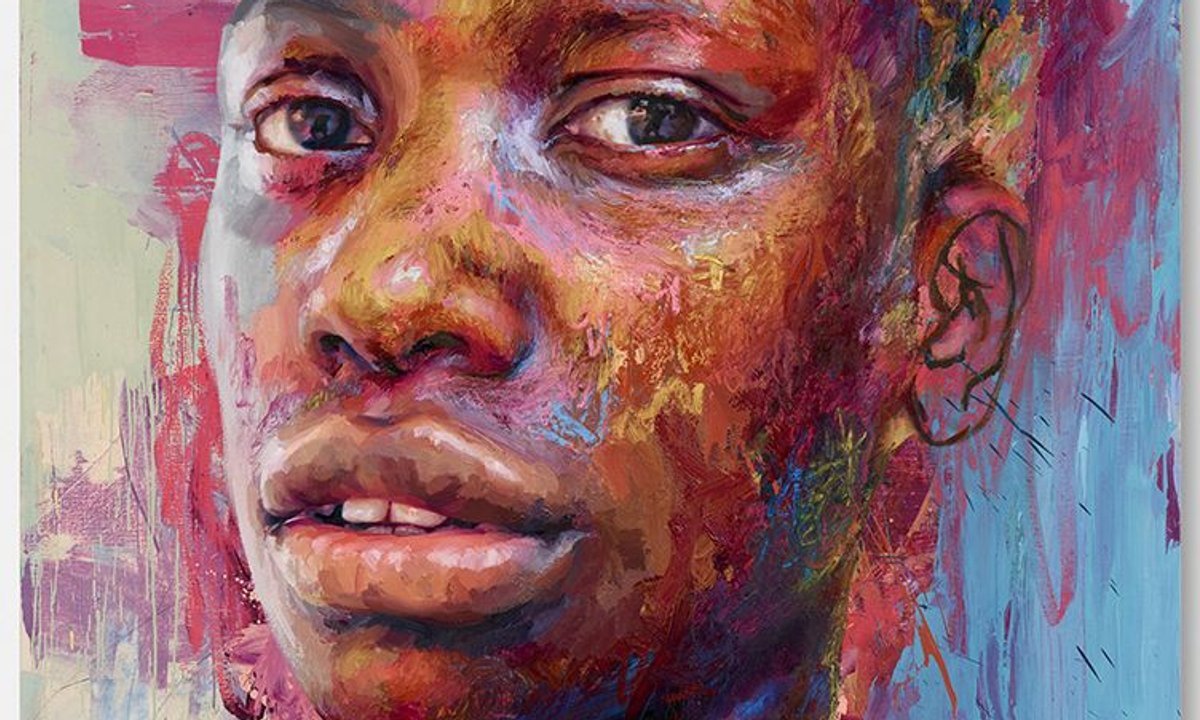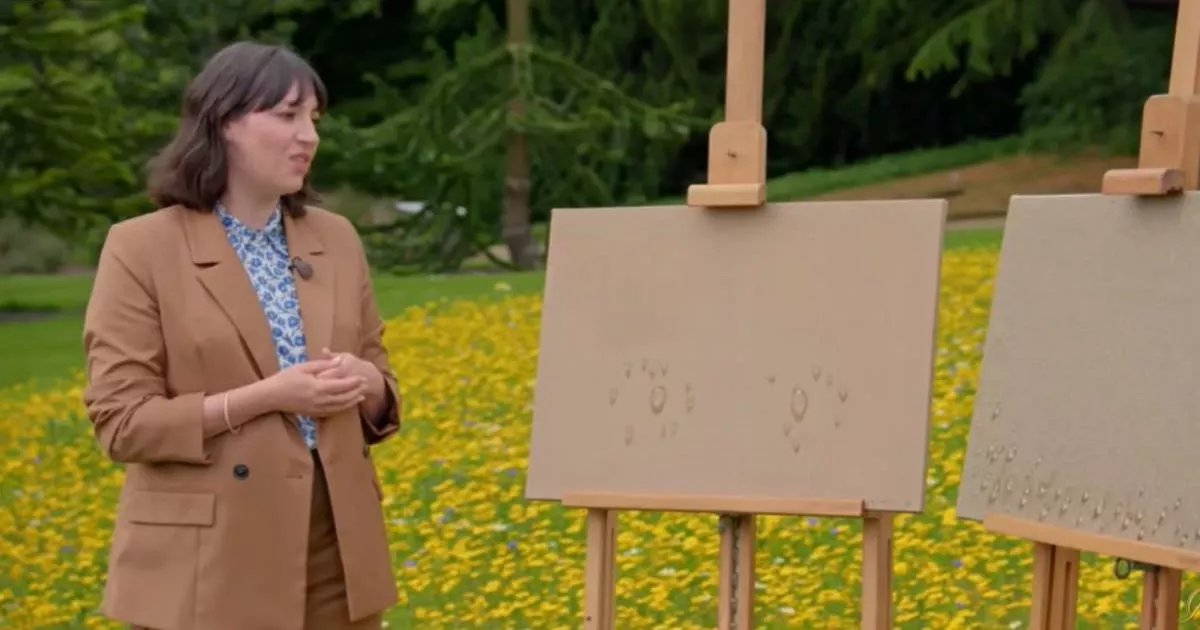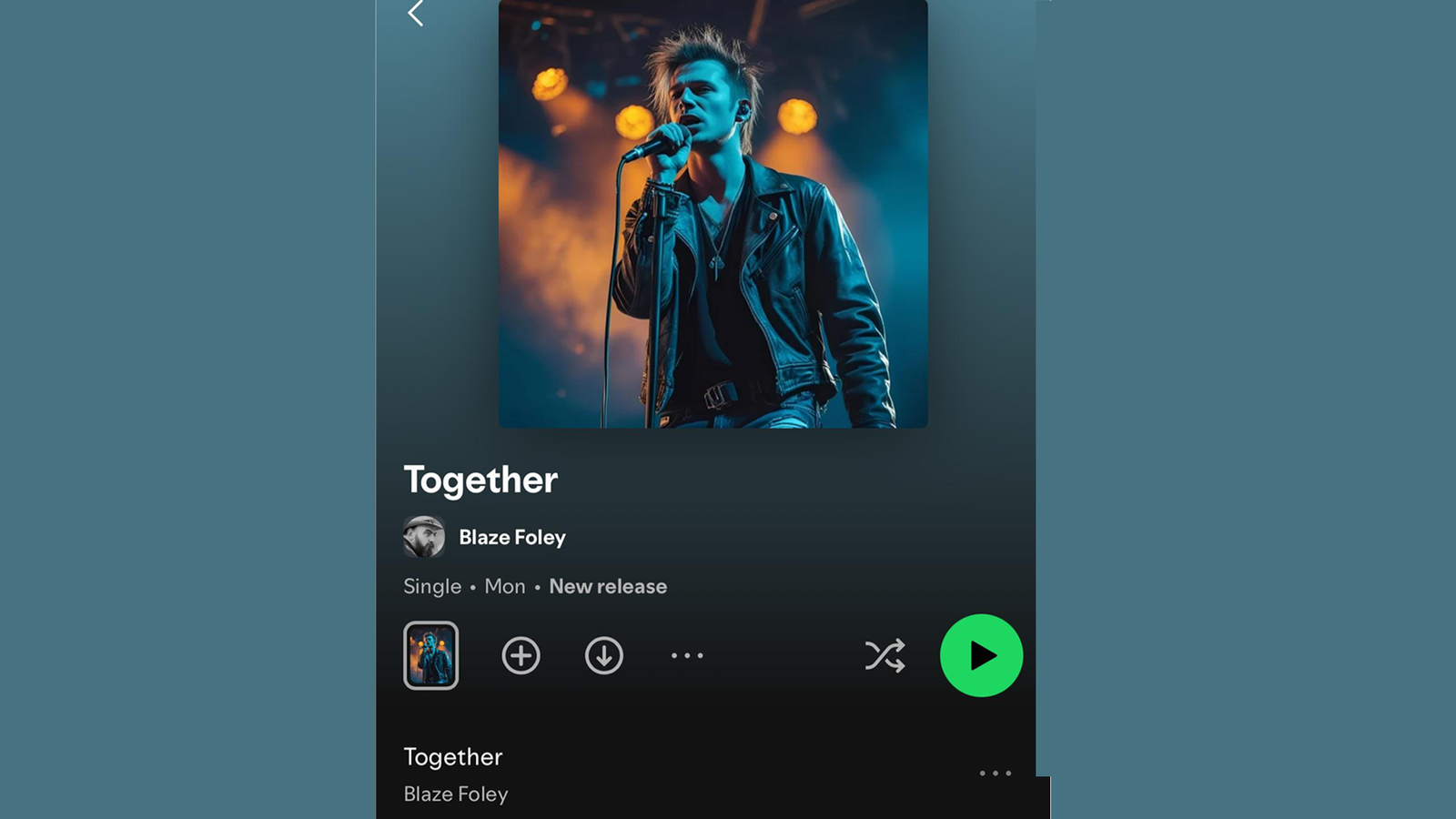Indonesia’s retail art market was estimated to be worth 4 trillion rupiah (US$280 million) in 2019, according to Statista, a figure that was estimated to rise as the number of domestic buyers increased.
Surabaya, Indonesia’s second-largest city, is one of the places that the creative community is hoping is ripe for an art renaissance that can capitalise on that growing demand.
But she insisted Surabaya and East Java “have what it takes to carve out an important art scene”, provided the conditions “are just right”.
She then reeled off a host of names including Madura-based Suvi Wahyudianto, who won the prestigious UOB Southeast Asian Painting of the Year award in 2018, as “living proof” that the city can nurture contemporary artists of international stature. But she said it would take financial support to make that happen.
“What we need is for more corporate entities and wealthy patrons to do their philanthropy for the local art scene and artists, so that they have the means to create.”
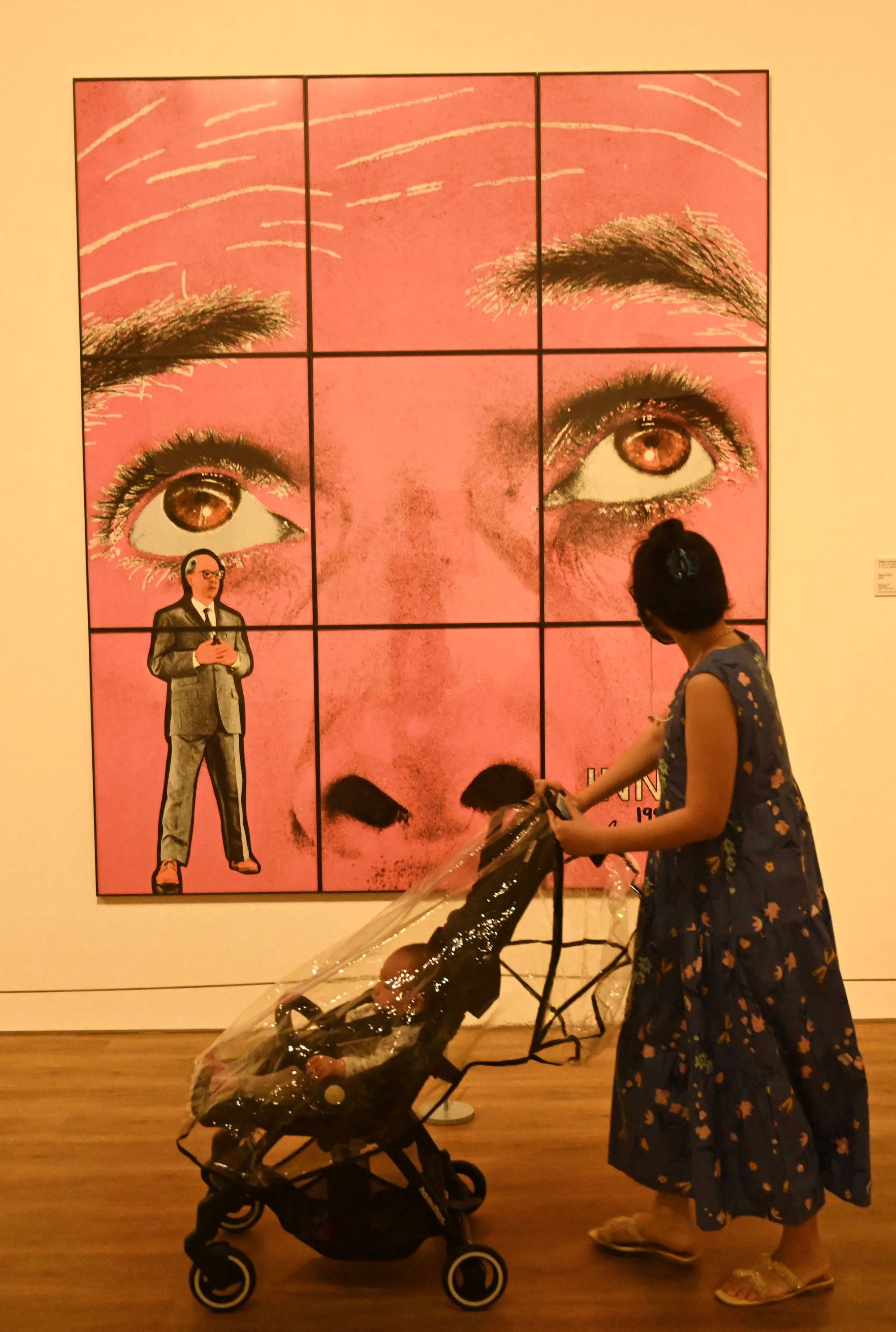
Jakarta’s Museum of Modern and Contemporary Art (Macan) is a potent reminder of the power of art philanthropy in Indonesia. Funded by Indonesian businessman and art collector Haryanto Adikoesoemo, Macan soon became the country’s top contemporary art museum.
Elizabeth Yuliawati, founder and owner of Orasis Art Space, runs Surabaya’s longest-surviving private art gallery and is a long-time patron of the arts in the city.
“I’ve spent the last 20 years working within Surabaya’s art scene through Orasis. It hasn’t been easy, but I see it as my personal mission to see the city become a vibrant centre of the arts in Indonesia.”
Orasis is well known for having showcased the works of established Indonesian artists in their early years in Surabaya, such as painter and sculptor Iwan Yusuf and painter Joni Ramlan.

Deby Prima Dewi, managing director at Orasis, said for the past three years, the gallery had been focusing on its revamped strategy of “positioning” itself within Surabaya’s art scene as a reliable curator for art investors.
“We identified one of the main reasons the city’s art collectors are reluctant to acquire new objects from local sources, which is the issue of trust,” she said, adding international art galleries and auction houses were still seen as a “surer bet”.
“Art collectors must feel reassured that the works they are buying have been properly authenticated, certified and have ironclad provenance, especially for those buying art as a form of investment.”
Doddy, a Surabaya art collector, said he had bought a few contemporary pieces by Indonesian artists from galleries in the city for prices less than US$20,000.
For pieces worth more than that, Doddy said he would prefer, for the moment, to buy them from galleries or auction houses in Singapore and Hong Kong.
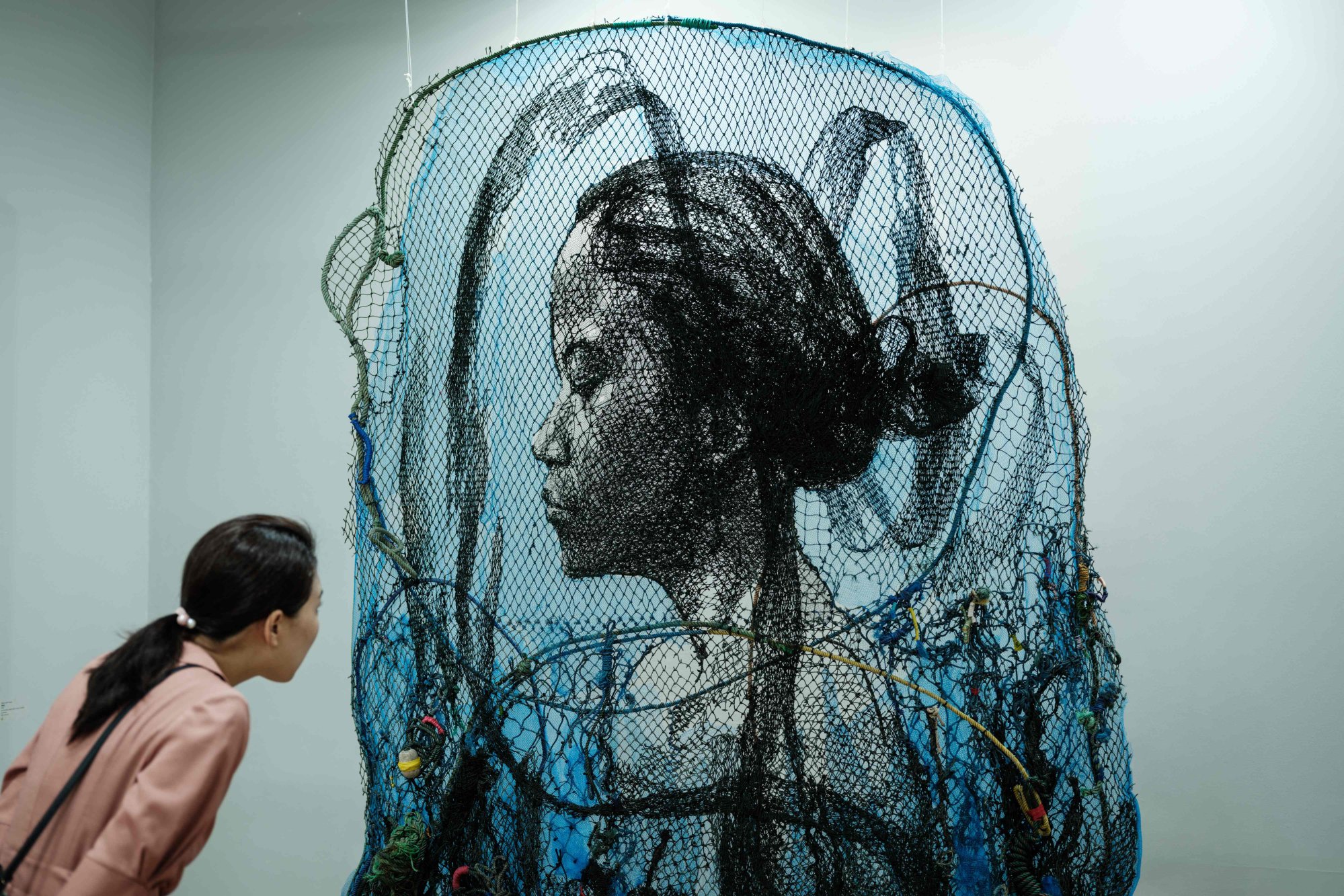
While the Indonesian government has been criticised for not doing enough to support the country’s fine arts scene, there have been positive steps in recent years, most notably the creation of the Indonesiana Fund, an endowment overseen by the Ministry of Education and Culture used to give financial grants for various cultural activities.
Syska said an Indonesiana grant of about US$20,000 enabled her to launch a three-week-long art exhibition, free of charge for the public.
The exhibition, called “Nawasena”, drew inspiration from ancient Javanese scripts and showcased her work alongside that of several other East Java artists.
But while the central government has been able to offer artists in East Java some support, Syska said the regional administration was not doing enough.
“Our main exhibition, Biennale Jatim [East Java Biennale], has been forced to resort to crowdfunding by artists and private donors three events in a row now, with no support from the provincial government,” she said.
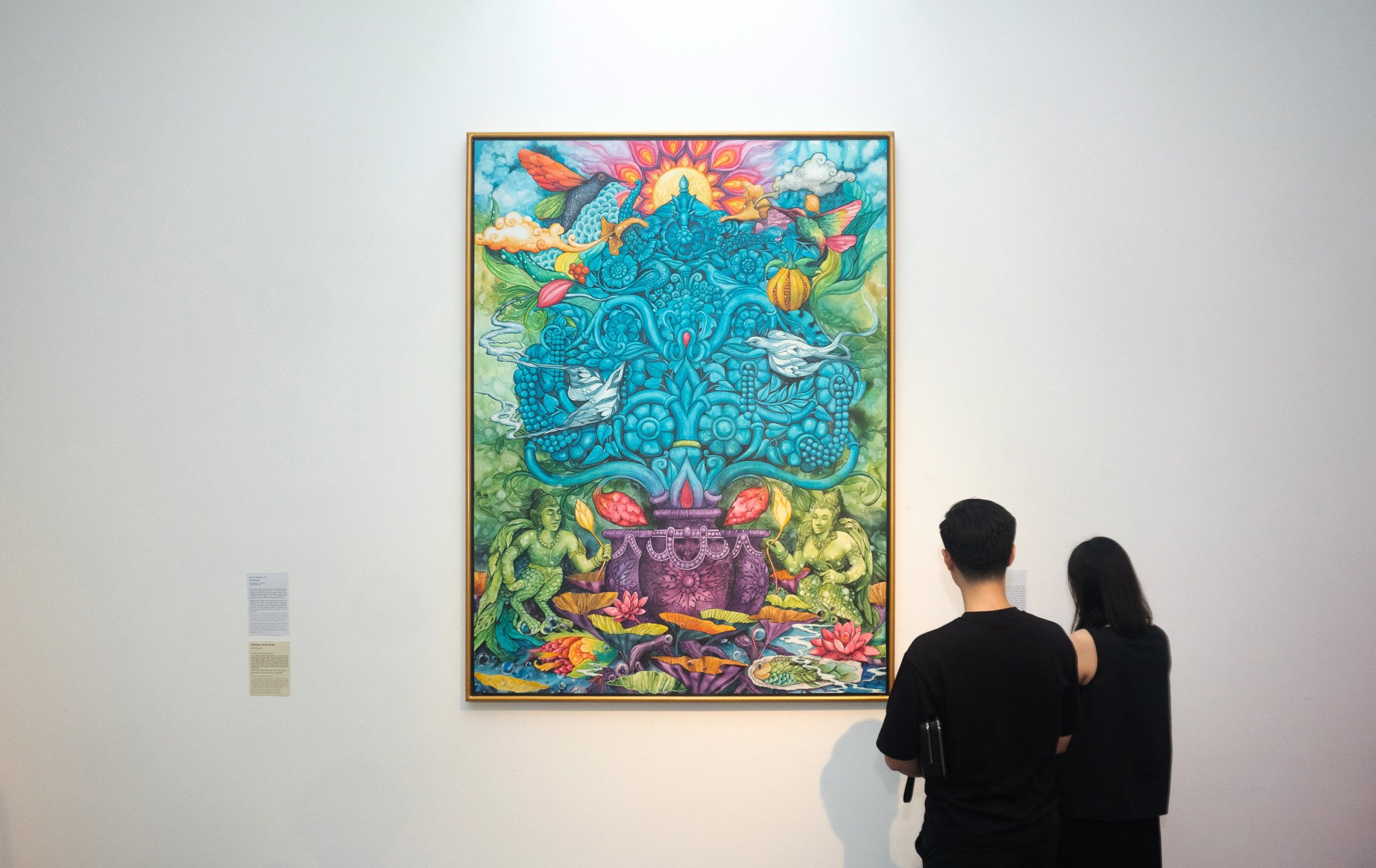
The East Java provincial government’s art grant offers only 10 per cent of its Indonesiana counterpart and artists face bureaucratic hurdles to access the funds.
Syska called for regional government funding for the arts to emulate that of Yogyakarta, which has been able to maintain its reputation as a key centre of the country’s art scene through its financial support for the sector.
Yogyakarta-based sociologist Oki Rahadianto Sutopo at the University of Gadjah Mada, who has conducted research into the performing arts, contends that the city’s “success story” as an art powerhouse has been made possible by deftly attracting a network of artists from across the country.
“Our provincial government has set aside a sizeable special art fund to support art events and showcase artists on an international level,” he said.
This well-structured ecosystem for artistic workers in Yogyakarta has proved to be a magnet for artists from other regions to relocate there.
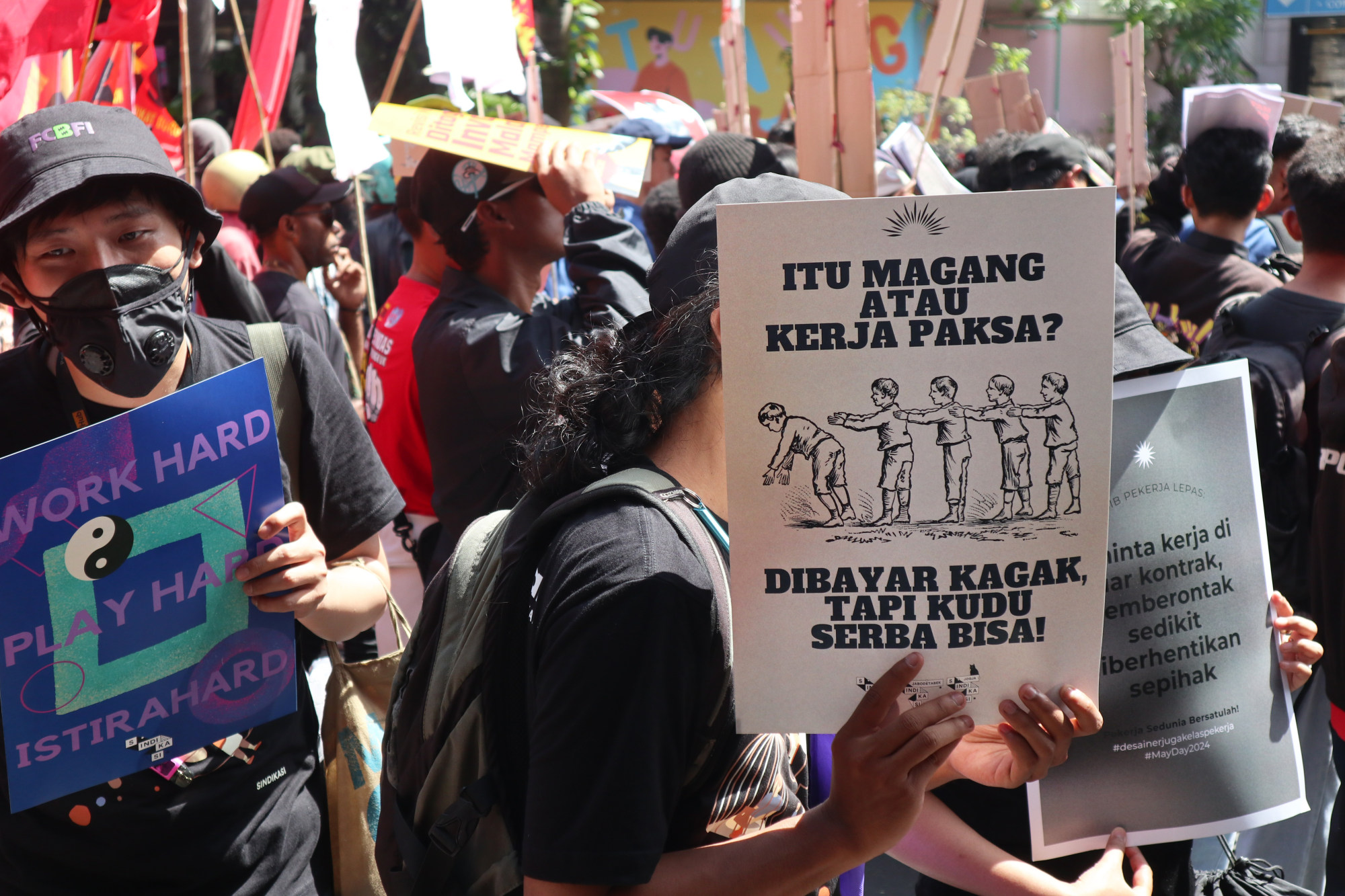
While government funding may be enough to support some artists, other workers in the country’s creative sector, such as graphic designers, say changes to the law that would protect their rights are just as important.
On International Labour Day, better known in Indonesia as May Day, members of the Media and Creative Industry Workers’ Union for Democracy (Sindikasi) in both Jakarta and Surabaya were among the protesters who took to the streets to demonstrate.
Sindikasi committee member Achmad Assifa said creative workers, especially in the fine arts, were not regulated under Indonesia’s existing labour laws as they were not officially categorised as “workers”.
He claimed art was still seen as a “hobby” by most Indonesians, rather than a real occupation.
“The government should amend the law to include us. Otherwise, how could they possibly try to support people who the law doesn’t even recognise?”



